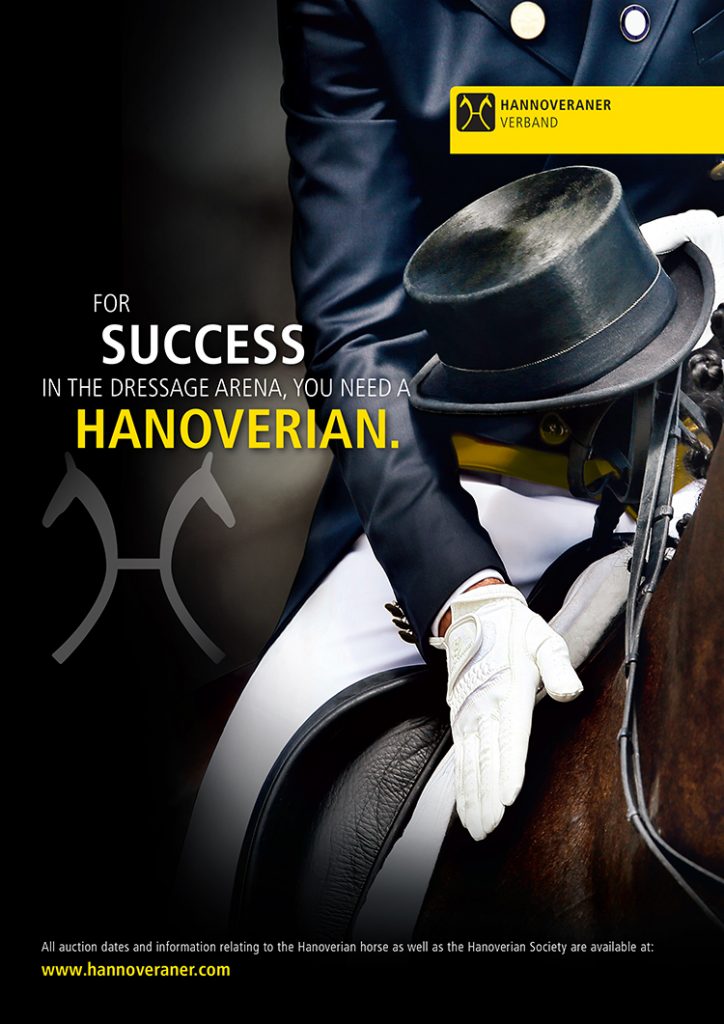by Christopher Hector
There are some people who would like to believe that the principles of dressage have been with us ever since Xenophon, the Greek general who wrote a little (very little) treatise on training horses in the Third Century BC. You can only believe this if you never ever read Xenophon – there is nothing of dressage training as we know it to be found in his work. The truth is that the German Training Scale – the basis of correct dressage – far from being rooted in antiquity, only emerged in its current form in the 1990’s!
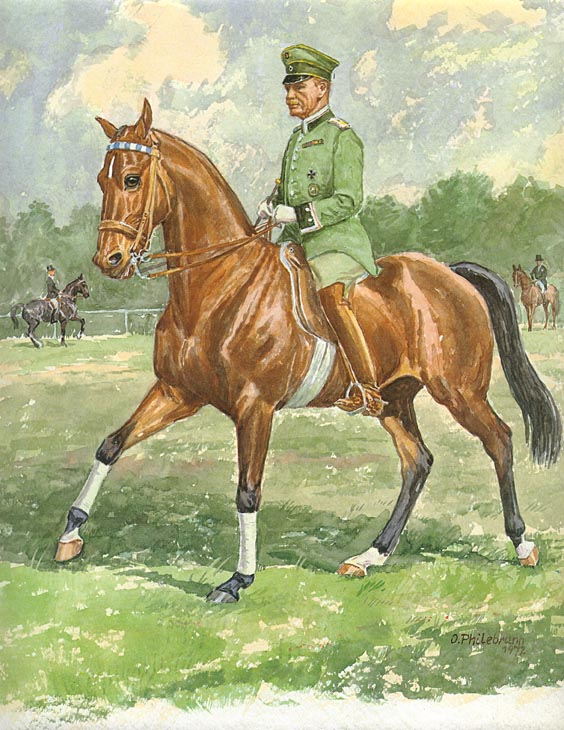
Felix Bürkner with the Thoroughbred, Caracalla. Born in 1883, Bürkner trained at the German Military Riding School in Hanover. He competed at the first Olympic Games, and went on to be one of the most successful riding instructors of the 1920s and 30s. In 1950, he was the first German rider to win an international dressage competition after WW2. He died in 1957, famous for his motto: ‘Life is too short to ride in walk and to smoke bad cigars.’ Bürkner was one of the authors of the modern training scale.
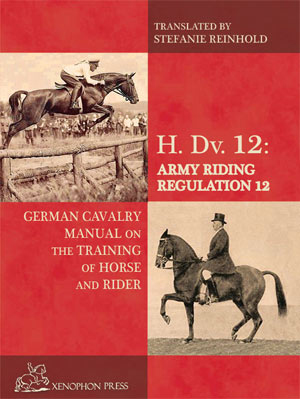
The translation is available from Xenophon Press
In Germany the first attempt to codify something like the ‘classical principles’ occurred in 1912 in a Cavalry Manual, this was later expanded in 1937. I am extremely grateful to my friend Kerstin Niemann of St Georg Magazine who translated this important document for me.
Here we find the development of the concept of ‘throughness’ – of a contact that is elastic and in a state of changing equilibrium, rather than the Baroque concept where the rein is looped and the horse behind the bit:
continues below the advertisement
From the Cavalry Manual:
As the straightness improves, the throughness of the horse will improve as well. The pushing capacity of the hindquarters can now go its way through the horse up to the mouth and cause the horse to give to the pressure of the bit, bend the neck and chew on the bit.
This is the natural way the horse achieves the correct ‘going through the poll’. It would not be correct to achieve this going through the poll by brutally pulling the neck and head of the horse. Instead it must be the result of the hind legs pushing towards the quiet still hand. This is the only way to fix the neck to the wither. And only if the neck is fixed to the wither it is possible to link forehand and hindquarter.
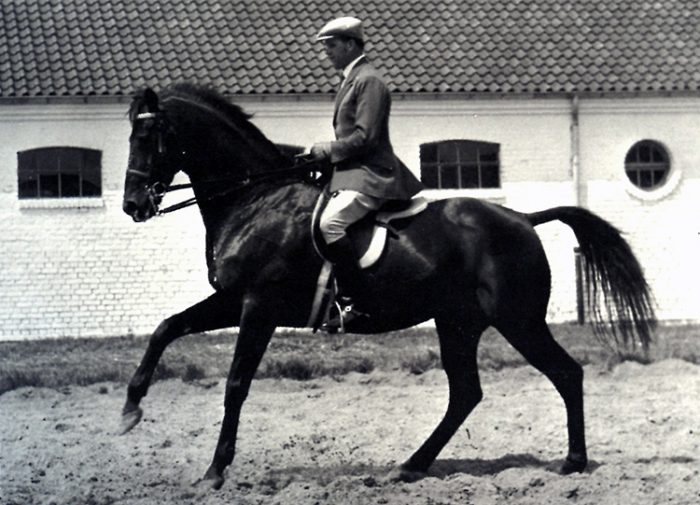
The principles in action – Willi Schultheis and the Thoroughbred, Chronist
While training a horse, it should never be the way that only separated parts of the horse are worked on, but always the whole horse.
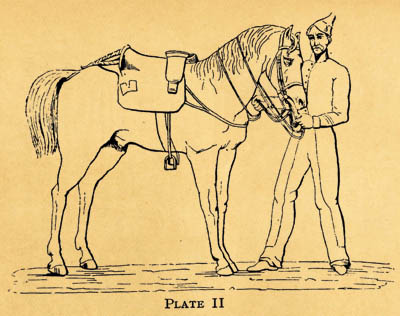
Not like this! Flexing in the Baucher manner…
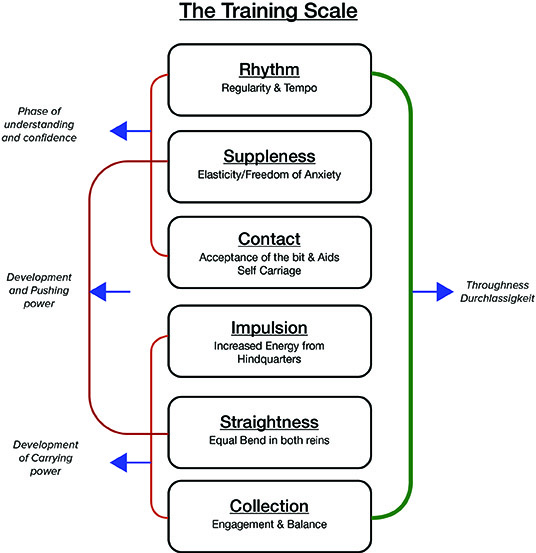
Difficulties and disobediences are always connected, and will show in either stiffness of the neck, the back or the hindquarters. The rider should always solve those problems with the horse in motion. The rider can gain a false impression that the horse is giving while it is standing still – whereas this wouldn’t happen when the rider lets the horse stride forward energetically.
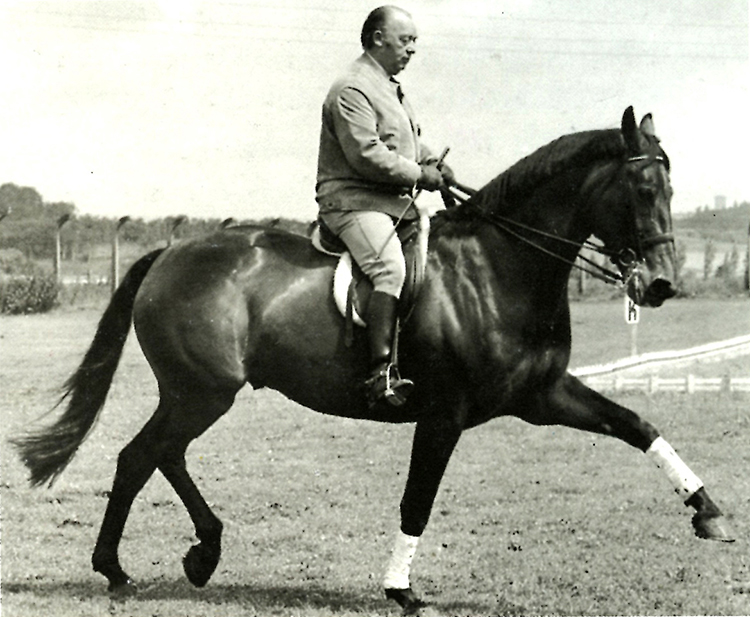
Bubi Gunther and Mazepa. Born in 1921, Bubi and his wife, Maria, were enormously successful in the 60s. In 1963, Bubi became the German male dressage champion in Berlin, while an hour later, Maria won the women’s title. He was the official trainer of the German dressage team up to his death in 1974.
story continues below the advertisement
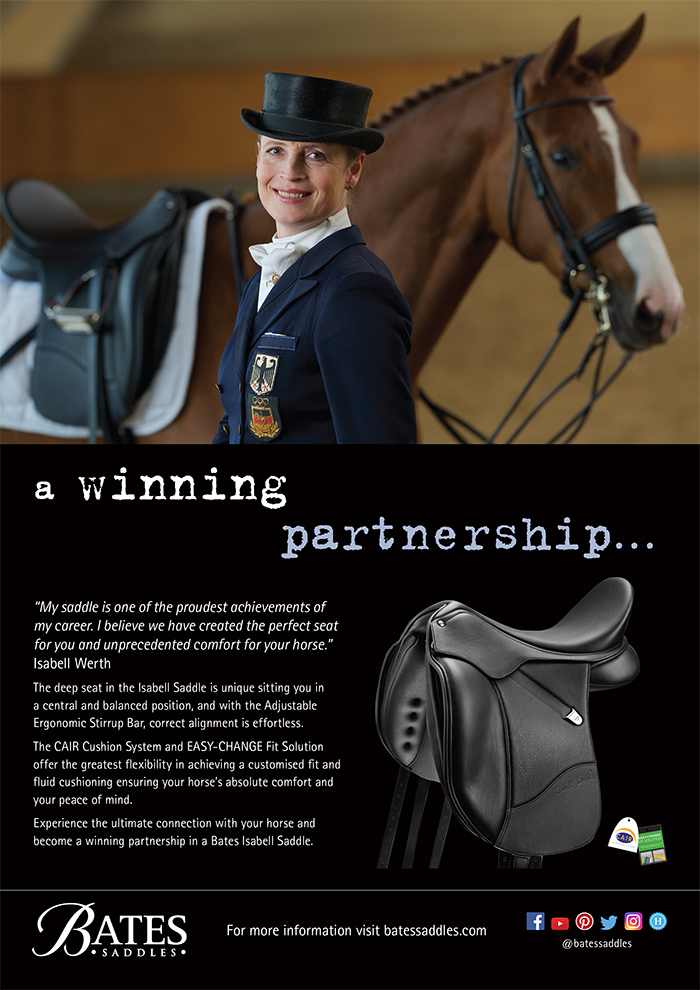
And later in the document, we find:
Shape / frame for dressage
The best shape of neck and head is the shape that forms when the neck heightens freely out of the wither, and the upper line of the neck builds towards the poll in a soft bend, of which highest point is the poll itself. The head should be held on a straight line from forehead to nose. Such a frame/shape is the right one to allow the rider to best have an effect on the hindquarters. This state of “aufrichtung” (the horse having his poll at its highest point) should only be asked from the horse for short periods of time, and only in halt or in collected gaits. In higher tempo the rider must allow the horse to lengthen the bent neck and to slightly push the nose forward as well.
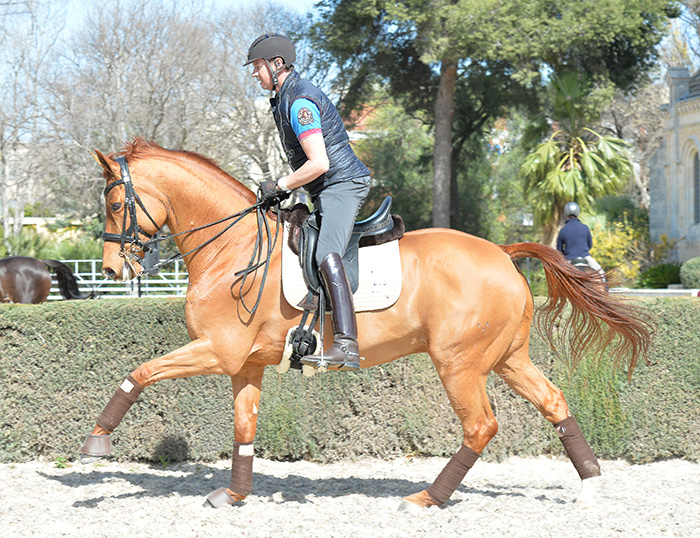
Kerstin – who is regarded in Germany as THE expert on the training scale, included this comment with her translation:
“As you can see, in this chapter you cannot even find the word ‘training scale’. I therefore had another look through a few of my books and found a few sentences about the development of the training scale. It is found in a new book for professional riders that I worked on with Hannes Müller. This chapter is written by him with a little help from the dressage judge, Angelika Frömming:
I quote:
“The first military riding instruction was published in 1825, but became well-known in the “Heeresdienstvorschrift 1912”. This book was mainly written by the equestrian experts, Redwitz, Lauffer, Felix Bürkner and Hans von Heydebreck. Their ideas based on the knowledge of the earlier authorities, Ayrer, Seeger and, mostly, Gustav Steinbrecht, who wrote a timeless classic book with his “Gymnasium of the Horse” which was re-written by Hans von Heydebreck in 1935/36. The first issue was published after the death of Steinbrecht by a pupil of his in 1886. His name was Paul Plinzner. In this first edition were a few sentences and thoughts which had to be corrected.
The essence of these earlier writings was then published in 1954 in the first issue of the “guidelines for riding and driving”. In this publication the scale of training still did not have its name, the most remarkable thing was the listing of:
- phase of the horse getting used to everything.
- phase of development of pushing capacity.
- phase of development of carrying capacity.
“The scale of training was first published in the 1980’s. To the above mentioned phases were added rhythm and Losgelassenheit, and these two points were separated in the early 90’s. The listing of these elements shows that classical does not mean old, and shows the developed, harmonious system. It is known like this all over the world and even the rules of the FEI are based on these ideas.”

